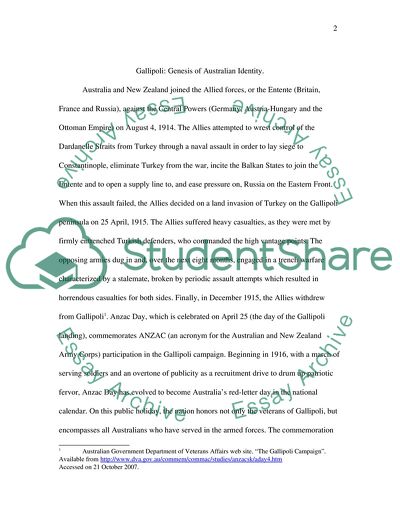Cite this document
(Gallipoli: Genesis of Australian Identity Coursework - 3, n.d.)
Gallipoli: Genesis of Australian Identity Coursework - 3. https://studentshare.org/history/1709571-history
Gallipoli: Genesis of Australian Identity Coursework - 3. https://studentshare.org/history/1709571-history
(Gallipoli: Genesis of Australian Identity Coursework - 3)
Gallipoli: Genesis of Australian Identity Coursework - 3. https://studentshare.org/history/1709571-history.
Gallipoli: Genesis of Australian Identity Coursework - 3. https://studentshare.org/history/1709571-history.
“Gallipoli: Genesis of Australian Identity Coursework - 3”. https://studentshare.org/history/1709571-history.


